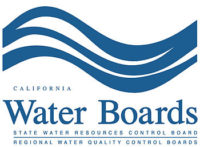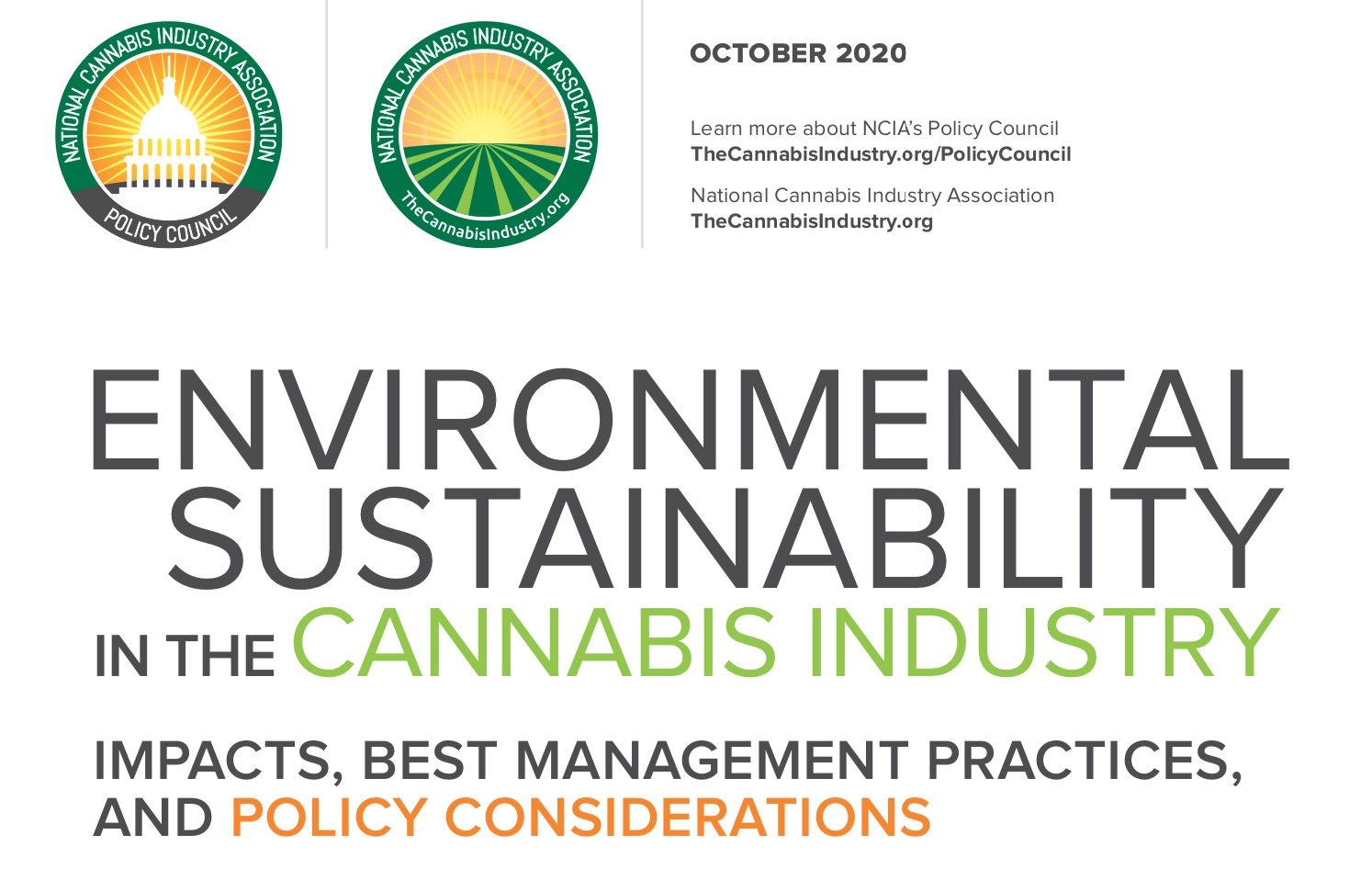A clean, reliable water supply lies at the heart of every successful cannabis farm. It’s no surprise that the stakes for finding land with ideal growing conditions, including adequate water, are high. But new buyers (and lessees) caught up in the green rush often gloss over water rights or are unaware of California’s byzantine rules governing the irrigation of cannabis.
 Water rights are complex. Water regulations applicable to cannabis cultivation are even more complex. And our new climate reality convolutes things further. Longer droughts, more volatile weather, political uncertainties, increased groundwater regulation and water quality concerns are exacerbating tensions over local and statewide water supplies. In many areas of California, landowners can no longer rely on local water districts to meet their needs.
Water rights are complex. Water regulations applicable to cannabis cultivation are even more complex. And our new climate reality convolutes things further. Longer droughts, more volatile weather, political uncertainties, increased groundwater regulation and water quality concerns are exacerbating tensions over local and statewide water supplies. In many areas of California, landowners can no longer rely on local water districts to meet their needs.
A robust investigation of the property must consider water supplies. Because a property’s water supply is dependent on water rights, local ordinances, state regulations, politics and hydrology, it’s important to consult a water lawyer (and in some instances a hydrologist) before closing. A bit of foresight can prevent a grower from being left high and dry.
The following checklist provides a roadmap to conduct water rights’ due diligence. While many of these details are California-specific, this type of due diligence applies throughout the West.
Step 1: Identify Available Water Supplies and Consider Potential Limitations On Irrigation, Including Potential Future Changes
Conduct a site visit to identify existing water infrastructure, natural water features and existing or potential water service options. Next, determine if the property is served by a public water supplier. If that’s the case, the California State Water Resources Control Board (“State Water Board”) does not require any specific documentation to irrigate cannabis, but the water supply must be disclosed in the CalCannabis license application.
 Groundwater is generally the best supply for cannabis, but the era of unregulated groundwater pumping is over. Many groundwater basins in California are now governed by the Sustainable Groundwater Management Act (“SGMA”), which requires water agencies to halt overdraft and restore balanced levels of groundwater pumping from certain basins. As a result, SGMA may result in future pumping cutbacks or pumping assessments. It’s imperative to identify the local groundwater basin via the Department of Water Resources’ Bulletin 118, and determine whether the groundwater basin is adjudicated or governed by a groundwater sustainability agency. Growers should also test the local water supply’s pH and salt levels because cannabis plants are finicky and water treatment can be cost prohibitive. If a new well is needed, growers should consult with their local county before drilling a new well. In some areas, moratoriums and restrictions on drilling new wells are on the rise.
Groundwater is generally the best supply for cannabis, but the era of unregulated groundwater pumping is over. Many groundwater basins in California are now governed by the Sustainable Groundwater Management Act (“SGMA”), which requires water agencies to halt overdraft and restore balanced levels of groundwater pumping from certain basins. As a result, SGMA may result in future pumping cutbacks or pumping assessments. It’s imperative to identify the local groundwater basin via the Department of Water Resources’ Bulletin 118, and determine whether the groundwater basin is adjudicated or governed by a groundwater sustainability agency. Growers should also test the local water supply’s pH and salt levels because cannabis plants are finicky and water treatment can be cost prohibitive. If a new well is needed, growers should consult with their local county before drilling a new well. In some areas, moratoriums and restrictions on drilling new wells are on the rise.
As a rule of thumb, cannabis cultivators should avoid using surface water to irrigate cannabis. Surface diversions are subject to the California Department of Fish and Wildlife’s permitting authority. And under the interim State Water Board Cannabis Policy, commercial cannabis cultivators cannot divert anysurface water during the dry season (April 1 through Oct. 31), even if they have a riparian right that can be used to irrigate other crops. During the dry season, cultivators may only irrigate using water that has been stored off-stream. And even during the wet season, cannabis cultivators must comply with instream flow requirements and check in with the state daily to ensure adequate water supplies are available. Cannabis cultivators are also required to install measuring devices and track surface water diversions daily. And buyer beware, a groundwater well that extracts water from a subterranean stream may be considered a surface-water diversion. So be especially cautious if the well is located close to a creek or river.Develop a water use plan to optimize water efficiency
Step 2: Identify Water Supplies Used On the Property, Including the Basis of Right, and Quantify Historical Use
Review information on historic and existing water use. This may include past water bills and assessments. If there is a well on the property, the seller or lessor may have metering data, electrical records and crop data that can establish historic groundwater use. Cultivators must submit a well log to CalCannabis as part of the cannabis cultivation application. If surface water is available, the purchaser should review the State Water Board eWRIMs database for water rights permits, licenses, stock pond registrations and certificates, decisions and orders. The purchaser should also identify surface water diversion structures and review annual filings to determine compliance with all terms and conditions of the water right. Lastly, the purchaser should request all documents and contracts pertaining to water rights.
Realistically estimate water demand for irrigation and other on-site purposes.Step 3: Confirm Ownership of Right and Assess Any Limitations On Water Right
Determine whether the right has been abandoned, lost to prescription or forfeited. Evaluate the seniority of the water right, availability of the right, adequacy of place of use, purpose of use (must include irrigation), season of use, and quantity of any permitted or licensed post-1914 right. Determine whether historical diversions pursuant to an appropriative right support the full amount of the claimed right, and whether any changes to the water right are needed to support the proposed new use. Cultivators in California who plan to utilize surface water also need to file for a “Cannabis Small Irrigation Use Registration” to store water during the wet season for use during the dry season.
Step 4: Reconcile Water Demand With Available Supply
Realistically estimate water demand for irrigation and other on-site purposes. Develop a water use plan to optimize water efficiency (drip irrigation, rainwater harvesting, water monitoring, hoop structures) regardless of supply sufficiency. Many counties, such as Santa Barbara County, require that cannabis growers meet certain irrigation efficiency standards. Determine whether available supplies can meet all proposed demands, including plans for full buildout. If not, consider whether additional supplies are available for use on the property.
Step 5: Determine Water Supply Compliance Obligations
The rights associated with water supplies are defined by their source, the time frame during which supplies can be taken, the quantity of water to which the right attaches, and any limitations on the purpose of use of the water supply. There may also be reporting requirements associated with taking and using the supply—these can include requirements to report the quantity of water used as well as information regarding the end use of the water. Failure to timely report can have serious consequences. Cannabis cultivators are also subject to additional water quality regulations and restrictions, including waste discharge requirements pursuant to the State Water Board’s Cannabis General Order.
Step 6: Negotiate Deal and Draft Conveyance Documents
After obtaining an understanding of the water supply associated with the property, the property conveyance documents may be drafted to incorporate the transfer of rights associated with the property’s water supplies. These may include the assignment of contracts pursuant to which water supplies are obtained, the transfer of permits or licenses as to the water supplies, or the transfer of water rights arising out of a judgment or decree.
Step 7: Consider Unused Water Supply Assets That Could Be Monetized
To the extent the water supply rights associated with the property exceed the cannabis plants’ water demand, it may be possible to monetize unused or excess water supply assets through transfer of the rights to a third party.
If you have any questions about water rights related to cannabis cultivation it’s always in your best interest to contact an experienced water attorney early on in the process.
 The 58-page report is quite comprehensive and covers things like land use, soil health, water, energy, air quality, waste and the negative effects of an unregulated market. While the report goes into great detail on specific environmental policy considerations, like recycling, water usage, energy efficiency and more, it makes a handful of overarching policy recommendations that impact environmental sustainability on a much more macro level.
The 58-page report is quite comprehensive and covers things like land use, soil health, water, energy, air quality, waste and the negative effects of an unregulated market. While the report goes into great detail on specific environmental policy considerations, like recycling, water usage, energy efficiency and more, it makes a handful of overarching policy recommendations that impact environmental sustainability on a much more macro level.









